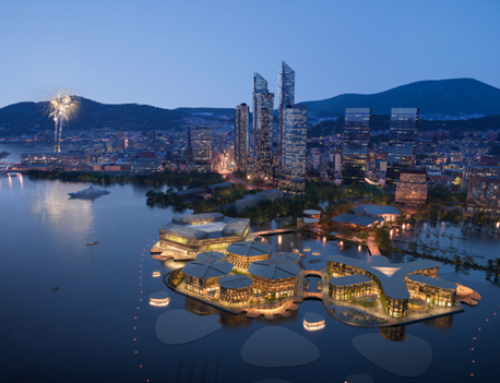Nowadays, not only organic materials are used for architectural construction, but living cells are used to generate walls and ceilings!
Living architecture is moving from the realm of science fiction into the laboratory as interdisciplinary teams of researchers turn living cells into microscopic factories.
For more than a decade, researchers are trying to create buildings’ elements (walls, ceilings, floors) from algae. The walls of these buildings are alive and can grow. Now researchers are going a step further by using genetic tools that encode the architecture of a building right into the DNA of organisms. The aim is to make these elements grow, self-repair themselves, and interact with their environment. (1)
Very recently a team from the University of Colorado Boulder- the Living Materials Laboratory, used photosynthetic cyanobacteria to grow a living structural building material. Similar to algae, cyanobacteria are green microorganisms found in the environment but best known for growing on the walls in a fish tank. Instead of emitting CO2, cyanobacteria use CO2 and sunlight to grow and, in the right conditions, create a bio-cement, which was used to bind sand particles together to make a living brick.
According to Wil Srubar an assistant professor of architectural engineering and materials science. at the University of Colorado Boulder, “By keeping the cyanobacteria alive, we were able to manufacture building materials exponentially. We took one living brick, split it in half, and grew two full bricks from the halves. The two full bricks grew into four, and four grew into eight. Instead of creating one brick at a time, we harnessed the exponential growth of bacteria to grow many bricks at once – demonstrating a brand new method of manufacturing materials.”(1)
Researchers until now have only scratched the surface of the potential of engineering living materials.
References
- https://www.pbs.org/newshour/science/new-research-is-finding-ways-to-turn-living-cells-into-mini-factories-for-materials



